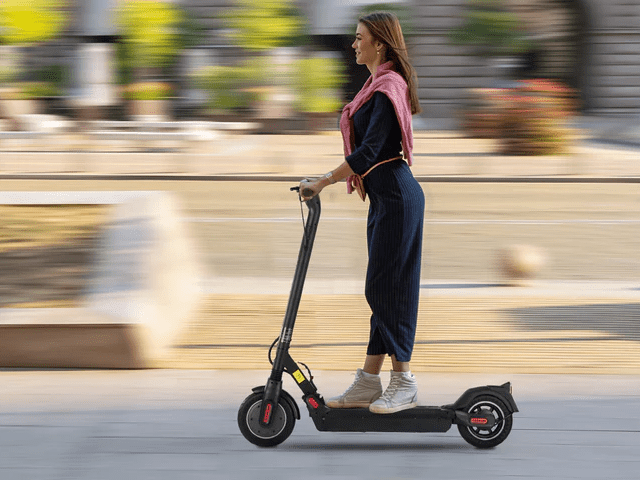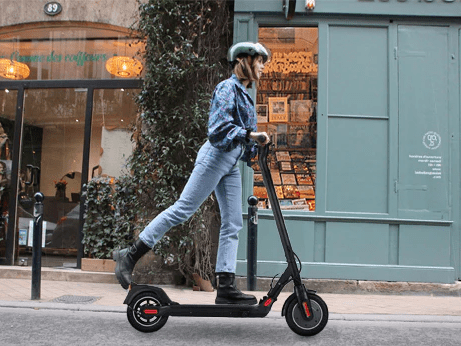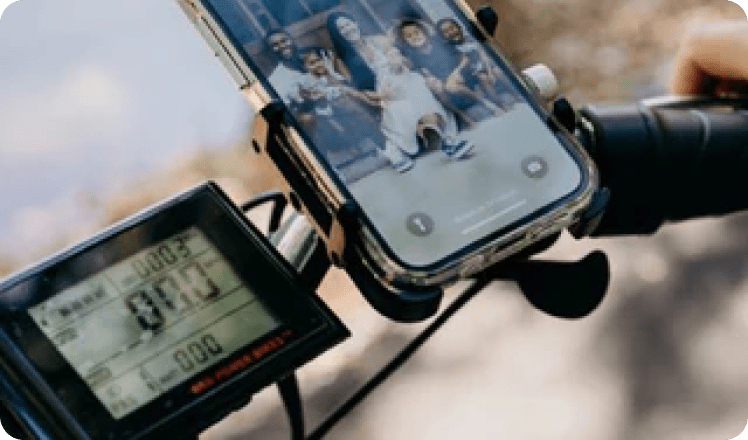Electric Bicycle Troubleshooting: Fix Common Problems - C INVERTER Electric bike
Electric bicycles (E-bikes) have gained popularity as a form of transportation, credited to their effectiveness and eco-friendliness. They provide a practical way to navigate congested urban areas and scenic trails with ease.
E-bikes, like any other machinery, can encounter technical issues that may disrupt your ride. This post will outline some common technical problems E-bikes face and offer a step-by-step guide on how to resolve them, ensuring uninterrupted enjoyment of your cycling journeys.
Common Electric Bicycle Problems
While we appreciate our E-bikes, they aren't without their quirks. Being aware of potential issues can help you quickly troubleshoot and resolve them. Here are some of the most frequent electric bicycle issues:
The Bike Won't Charge
A frustrating problem is when your E-bike won't charge. Possible causes include a faulty charger, a damaged battery, or a loose connection.
To address this, first, check the charger and ensure it's connected to a working power outlet. If the charger is functional, inspect the battery for wear or damage, and make sure all connections are secure and free of debris.
If the problem persists, a new battery may be necessary. Consult the manufacturer or a professional repair service for advice.
Loose or Broken Throttle
A throttle that's loose or unresponsive can impact your riding experience. Check for visible damage like frayed cables or broken parts. If damage is found, the throttle assembly may need replacement.
If the throttle appears intact, inspect the cable connecting it to the bike's control module. Ensure the connection is secure and the cable isn't frayed or broken. Replace the cable as needed to maintain proper function.
Loose Brakes or Handlebars
Control and safety are crucial when riding an E-bike. Loose brakes or handlebars can affect maneuverability and increase accident risk.
If brakes feel loose or ineffective, inspect brake cables for damage or wear. Adjust brake tension or replace cables if damaged. For loose handlebars, tighten securing bolts or screws and ensure they're correctly positioned.
The Bike Won't Power On
Follow this procedure to troubleshoot:
- Check the Battery: Ensure the battery is securely attached and fully charged. A weak or loose battery might prevent the bike from turning on. Charge if needed and confirm a secure connection.
- Inspect the Power Switch: Look for debris or damage that could affect operation. Replace or clean if necessary.
- Test the Fuse: Locate the scooter's fuse and replace it if damaged, ensuring the new fuse matches the rating.
- Examine the Wiring: Check for damaged wires, loose connections, or other issues. Ensure all connections are secure and free of debris.
- Check the Motor: If other steps fail, the motor may be faulty. Seek expert advice or contact the manufacturer for guidance.

Flat Tires
E-bikes can suffer flat tires like bicycles. Besides discomfort, riding on a flat can damage the bike.
Here's how to repair or replace a flat tire:
- Prepare Necessary Tools: Gather tools like tire levers, a pump, a patch kit (for repairs), and a wrench or Allen key for wheel removal.
- Remove the Wheel: Consult the manual for model-specific instructions on removing the wheel.
- Deflate the Tire: Use a valve tool to deflate the tire if not completely flat.
- Detach the Tire: Carefully pry the tire off the rim with levers without damaging the tube or rim.
- Inspect for Damage: Check the tire and tube for punctures or damage. Use a patch kit for minor punctures or replace if severely damaged.
- Repair or Replace: Follow patch kit instructions to seal punctures or install new tires/tubes onto the rim.
- Reinstall the Wheel: Securely mount the wheel back onto the bike and inflate the tire to the correct pressure.
Conclusion
E-bikes offer an economical and enjoyable transportation method, but mechanical issues can dampen the experience.
By understanding common problems and their solutions, you can confidently diagnose and fix E-bike issues, from charging problems to brake adjustments to tire changes. Prioritize safety and seek professional help when needed. With these tips, you're ready to get back on your E-bike for a smooth ride!



Leave a comment
This site is protected by hCaptcha and the hCaptcha Privacy Policy and Terms of Service apply.